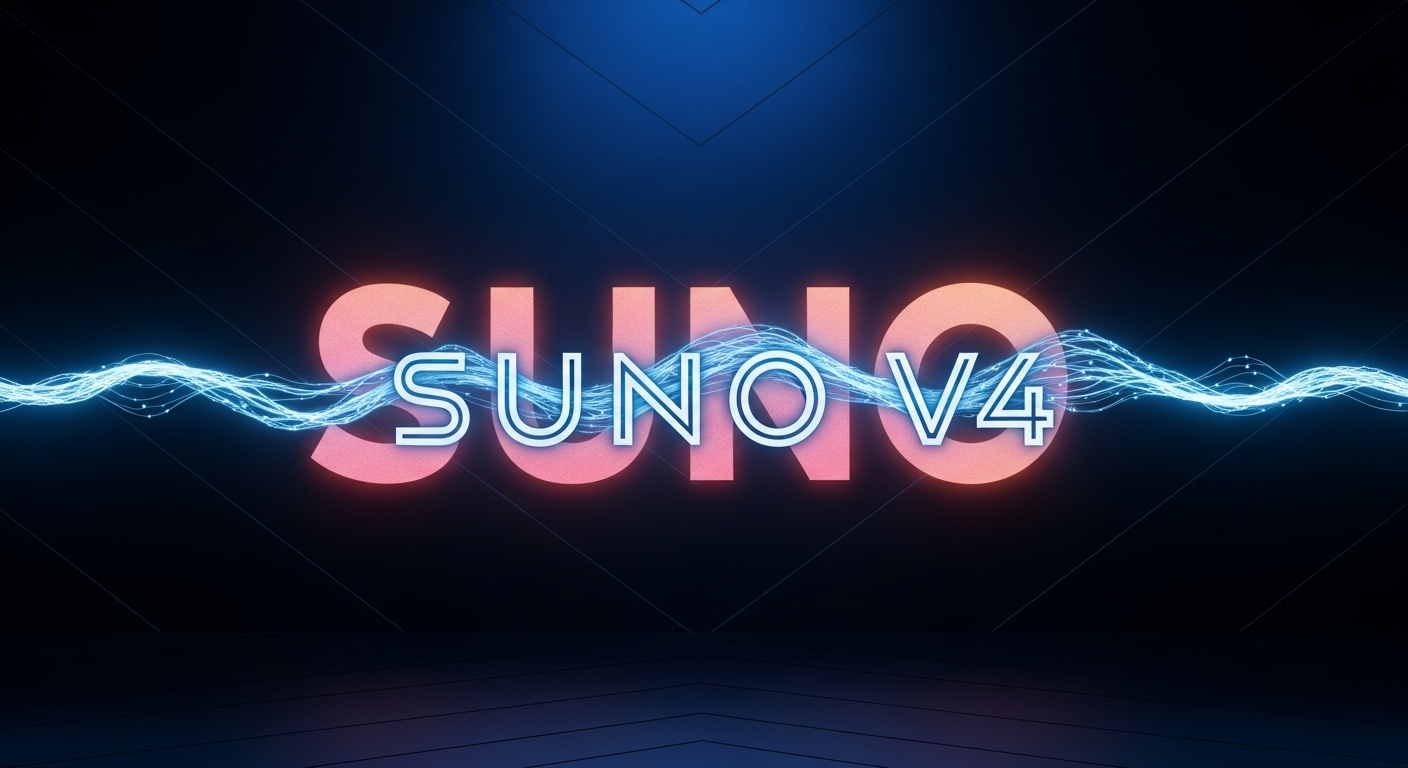The field of generative AI for music has just taken a massive leap forward. Suno, one of the most popular and impressive AI music generation platforms, has officially announced the launch of Suno V4. The new version moves far beyond simple text-to-song prompts, introducing a suite of powerful new features that give creators an unprecedented level of control, while also raising new questions about the ethics of AI in art.
What’s New in Suno V4?
While the core ability to generate a full song from a text prompt remains, V4 introduces several professional-grade features designed to turn the tool from a fun novelty into a serious creative partner.
- Advanced Instrumental Control: Users are no longer limited to just describing a genre. You can now specify exact instrumentation (e.g., “a folk song with acoustic guitar, upright bass, and a tambourine”), and even upload your own instrumental track for the AI to write lyrics and vocals over.
- Vocal Style Cloning: In its most talked-about new feature, V4 allows a user to upload a short, clean audio sample of a person’s voice. The AI can then generate a new vocal performance for any lyrics in that same vocal style.
- Structure Editing: Creators can now manually edit the generated song structure, rearranging, lengthening, or shortening the verse, chorus, bridge, and instrumental sections.
The Creative Possibilities
For musicians, podcasters, and content creators, these new tools are a game-changer. A songwriter with a melody but no band can now generate a fully orchestrated backing track. A video creator needing a specific style of background music can craft it instantly. The ability to fine-tune the structure means users can now guide the AI to a much more polished and intentional final product.
The Elephant in the Room: Copyright and Ethics
The introduction of “Vocal Style Cloning” immediately brings complex ethical questions to the forefront. While incredibly powerful, this technology could easily be used to create unauthorized “deepfake” songs using the voices of famous artists, a major point of contention for the music industry.
This feature places Suno directly in the center of the ongoing debate about AI, copyright, and an artist’s right to their own voice and likeness. The creative potential is immense, but it walks a fine line with the potential for misuse.
Conclusion: A Powerful Tool with Big Questions
Suno V4 is, without a doubt, one of the most advanced generative AI tools ever released to the public. It provides a level of creative control that was unimaginable just a year ago. However, its launch also marks a critical moment in the larger conversation about the responsible deployment of AI. It is a powerful tool placed in the hands of creators, but it comes with an equally powerful set of ethical questions that the tech and music industries will now have to navigate.

